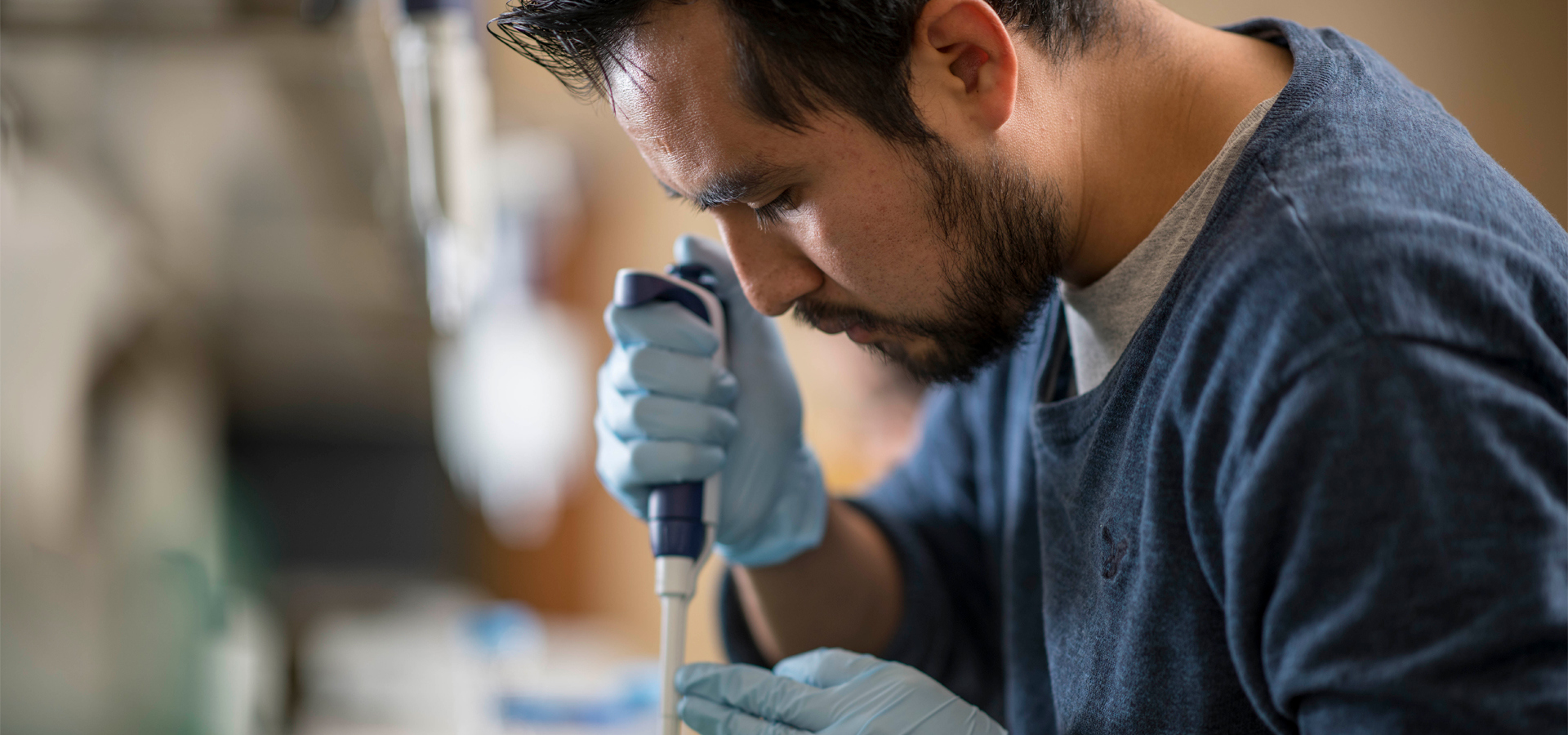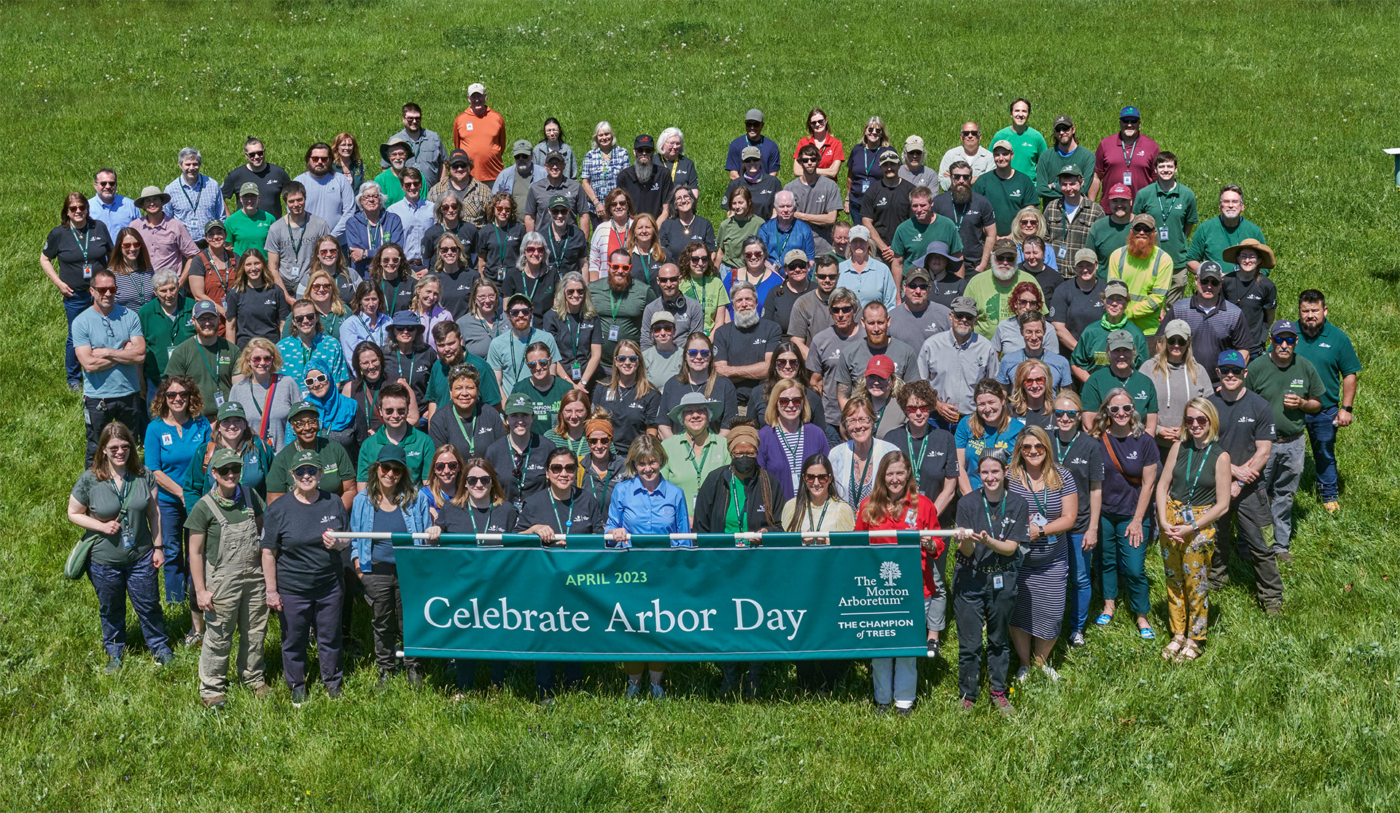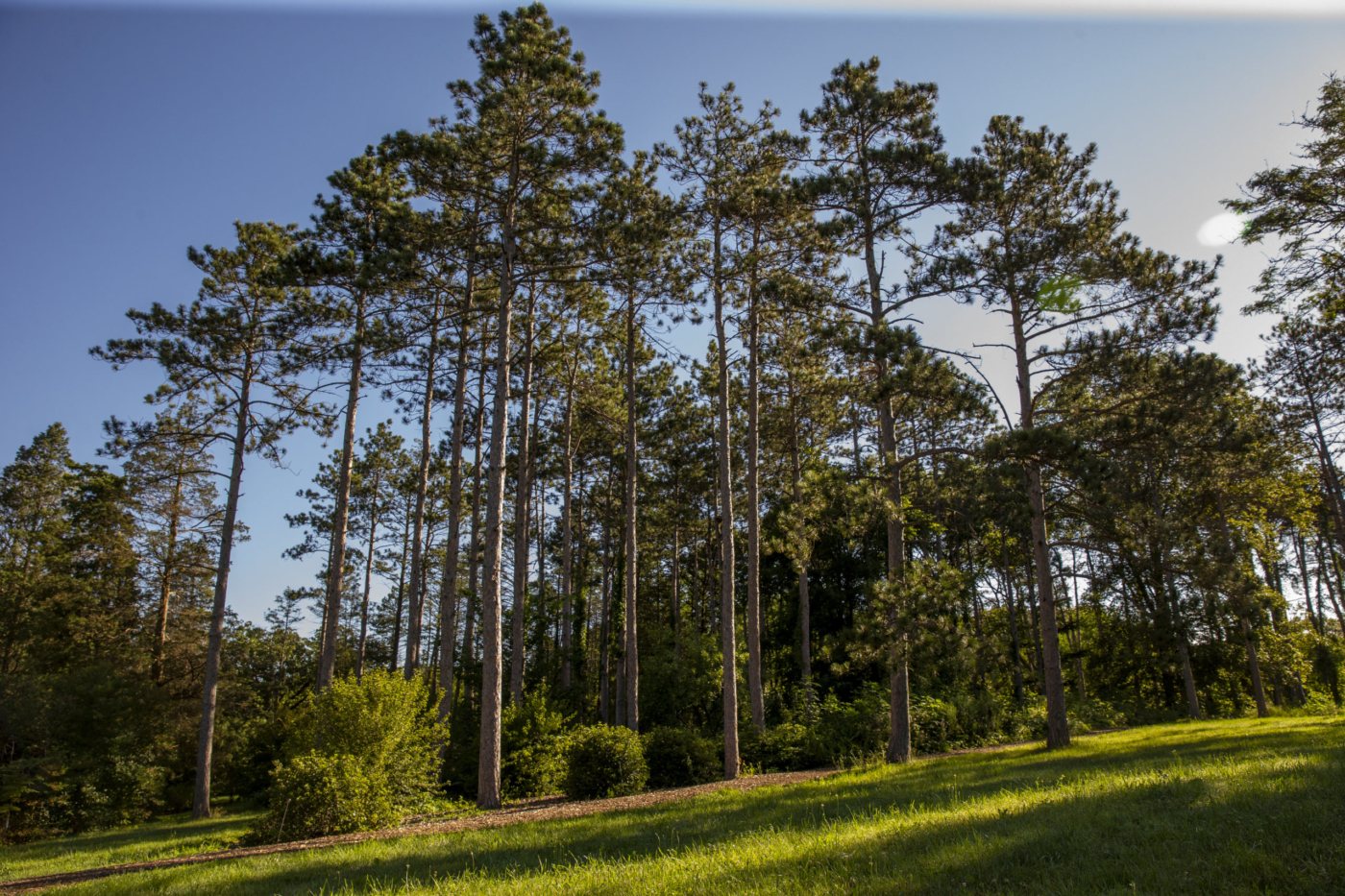A Culture of Inclusion
The Arboretum fosters a culture of inclusion that attracts, inspires, and engages employees to achieve success. All applicants are guaranteed equal consideration for employment. The Arboretum strives to ensure that the career website is accessible to individuals of all abilities. If you are unable to complete the application, contact the People and Culture department at jobs@mortonarb.org, or at (630) 968-0074, to ask for an accommodation or an alternative application process. All applicants are guaranteed equal consideration for employment and the Arboretum is committed to a workplace free from discrimination.



